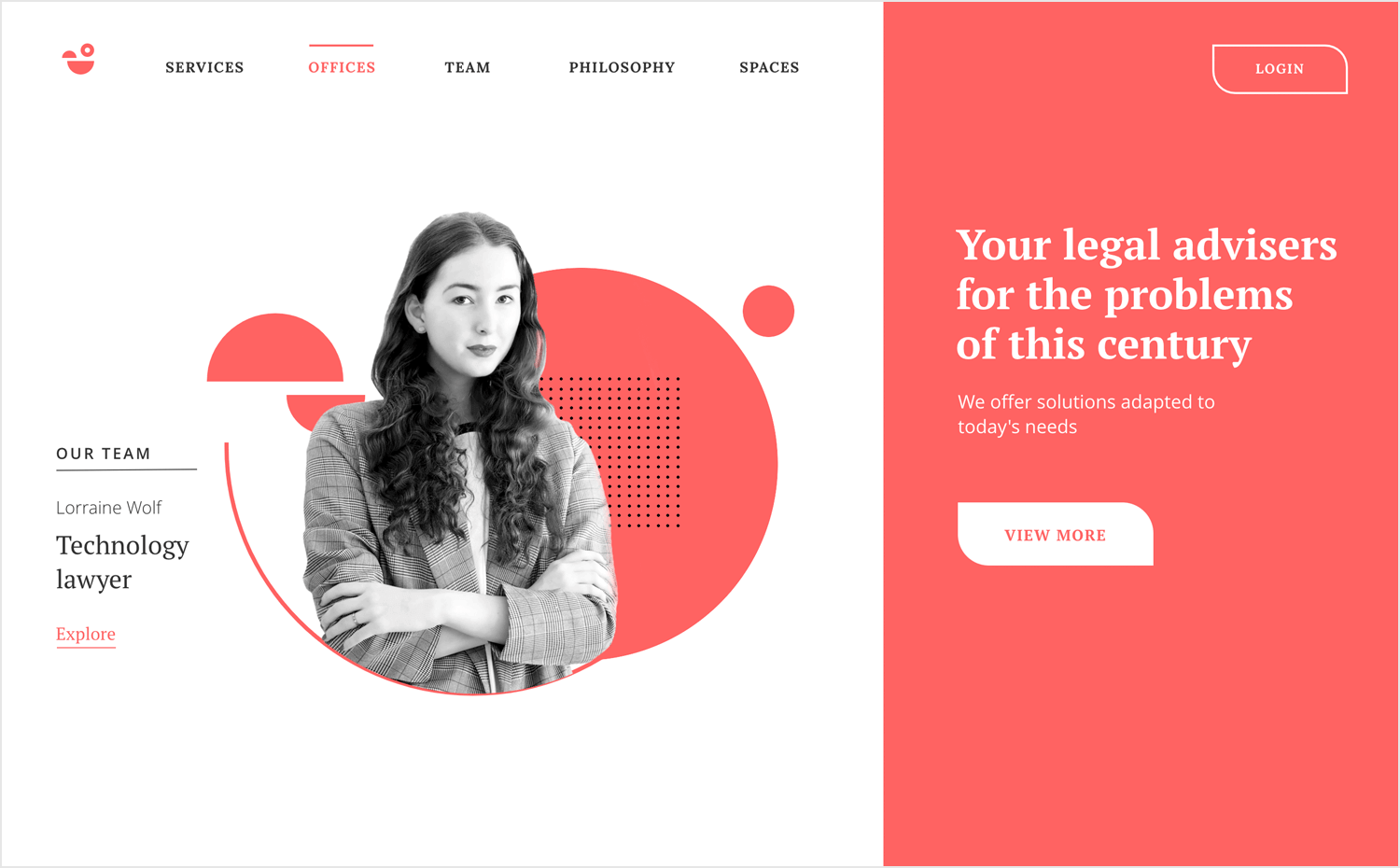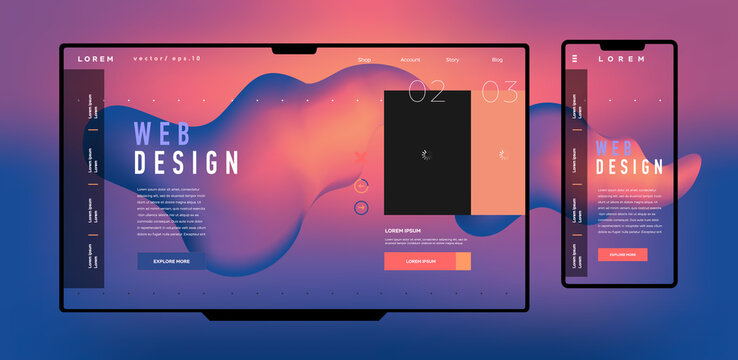Top Tips for Producing an Impactful Web Site Design That Converts
To achieve this, one have to think about a selection of elements, consisting of comprehending the target audience, prioritizing individual experience, and optimizing for mobile platforms. The strategic usage of engaging call-to-actions and a distinct aesthetic power structure plays an essential function in leading users through their journey.

Understand Your Target Audience
Recognizing your target audience is basic to effective site design, as it lays the groundwork for developing an appealing individual experience. Recognizing who your users are, including their demographics, preferences, and habits, makes it possible for developers to customize the website's web content, layout, and capability to meet particular requirements.
Conducting detailed market study is crucial in this process. Surveys, meetings, and analytics can supply beneficial insights into user expectations and pain factors. By compiling this data, designers can create user identities that represent different sections of the audience, ensuring that design decisions are educated and pertinent.
In addition, understanding the target market helps in choosing suitable style components such as color pattern, typography, and images that resonate with users. A web site that talks directly to its audience cultivates a sense of link and trust, urging longer brows through and higher conversion rates.
Inevitably, a user-centered method to website style not only boosts individual contentment but additionally sustains service goals by driving interaction and commitment. By focusing on the requirements and choices of the target audience, a website can efficiently serve its function and achieve wanted outcomes.
Prioritize Individual Experience
To improve the overall efficiency of a web site, focusing on customer experience (UX) is important (Website Design). A properly designed UX ensures that visitors can browse the website effortlessly, locate details swiftly, and involve with material meaningfully. This brings about enhanced customer satisfaction and greater conversion prices
Begin by executing intuitive navigation. Menus should be logically structured, enabling customers to situate key areas of the site with minimal initiative. Uniformity in design aspects, such as color systems and fonts, cultivates knowledge, which is vital for keeping individual involvement.
Additionally, think about the packing rate of your web site. A delay of just a couple of seconds can lead to substantial drop-offs, as users are much less likely to wait for a slow-loading page. Streamlining pictures and maximizing code can boost performance and retain site visitors.
By prioritizing user experience, you not only develop a more enjoyable atmosphere for site visitors however also enhance your brand name's reliability. Inevitably, a focus on UX is an investment in the long-lasting success of your internet site.
Enhance for Mobile Instruments
Maximizing for mobile tools is important in today's electronic landscape, where an increasing variety of individuals accessibility web sites with smart devices and tablet computers. A mobile-friendly layout not only enhances individual experience but additionally plays a substantial duty in boosting online search engine rankings. To achieve this, it is vital to adopt a receptive layout that instantly readjusts to various display dimensions and positionings.

Filling speed is another important factor; mobile users are typically less person and anticipate fast accessibility to details. By prioritizing mobile optimization, you guarantee that your website remains affordable and successfully involves a more comprehensive audience.
Use Compelling Call-to-Actions
A website's efficiency commonly hinges on its capacity to assist site visitors toward desired activities, making engaging call-to-actions (CTAs) necessary parts of layout. CTAs offer as the crucial points that direct users to involve with the site, whether that implies buying, enrolling in an e-newsletter, or downloading and install a resource.
To create efficient CTAs, clearness is critical. Usage concise language that clearly connects the activity you desire the customer to take.
Additionally, think about utilizing directional signs, such as arrowheads or images, site link to assist customers towards these buttons. By focusing on these elements, businesses can significantly improve customer engagement, driving conversions and inevitably achieving their web site's objectives.
Concentrate On Visual Power Structure
Efficient internet site style counts heavily on a well-structured visual hierarchy that guides customers via material flawlessly. By arranging components in a way that focuses on details, developers can improve user experience and assist in decision-making. This involves making use of size, color, comparison, and spacing purposefully to draw interest to one of the most vital components of a page.
The use of bigger fonts for click now headings and subheadings develops a clear distinction in between different sections, allowing users to check material easily. Furthermore, employing different shades for switches and calls-to-action can record customer interest and encourage communication. Whitespace is an additional essential component; it protects against mess and makes it possible for users to focus on key messages without disturbances.
Photos and graphics must enhance the message while also adhering to the well-known hierarchy, enhancing the general message (Website Design). Uniformity in design aspects, such as color pattern and typography, additional strengthens the Clicking Here visual hierarchy, making navigation user-friendly

Conclusion
Finally, reliable internet site style necessitates a thorough understanding of the target market, prioritization of customer experience, and mobile optimization. The tactical use compelling call-to-actions and a distinct aesthetic hierarchy better improves user engagement. By implementing these concepts, websites can accomplish higher conversion prices, making sure that layout elements not just attract visitors but additionally assist in seamless navigation and communication. Eventually, a well-executed web site style works as a critical element in driving user actions and achieving service objectives.